
Writing is a critical skill that has many benefits to our development. Research has shown that it helps us think and reflect on events, and also develops our creativity. Furthermore, writing has a positive impact on our emotional well-being. All these benefits also apply to young children and not just adults.
This article aims to help students or beginners develop writing techniques that will enhance their writing, thereby expanding their creativity and honing their thought processes. We will be going through the following 4 essential writing techniques in this article, which will help you whether you are stuck penning down the first word or if you need help making your writing come to life:
Let’s begin!

“By failing to prepare, you are preparing to fail.” – Benjamin Franklin
As with what Benjamin Franklin, one of the founding fathers of the United States famously mentioned, it is important to prepare, and that goes for any piece of good writing as well. In this section, we will cover the use of the writing technique of Plot Planning.
Plot Planning gives a structure to our story writing, so that each individual point or idea in our story flows well into each other, and does not appear like a jumbled mess of random ideas. Good stories and good reports need to have cohesive ideas.

Imagine you’re writing a story on a topic titled “A Change for the Better”. The main character, Mia, has a fear of presenting or speaking in front of class, and throughout the story, we see her face that fear and tackle it, thus overcoming her fear, which is a change she makes for the better.
How would you plan out a plot for this story that flows well and engages the reader from start to end? Is the story more engaging or more suspenseful if we start the story off with the end result of the change being made and how it has impacted the main character’s life? Or would it be better to introduce the main character from before he/she makes the change, and build up the character’s journey from there on how the character makes the change, and even why the character has decided to make that change?
All these questions play into our consideration on how we structure our plot ideas and points into a seamless story that engages the reader, and also accurately portrays what journey or adventure you want your readers to go through as they read from the very first word of the story, to the very last one.
A simple structure to follow (especially for beginners and students) for writing a story would be:
This simple structure allows your plot to flow upwards to the peak of your story (the climax), before flowing downwards to the conclusion which closes out the story.

The “Introduction” serves to introduce the reader into what the story is about, basically showing the reader what journey they can expect to take while reading the story. In the example of the plot idea above, we could introduce the story by perhaps either detailing Mia’s fear of speaking in front of class, which can be done through a detailed character description, or even starting off with a speech where she stammers and struggles to speak in front of class, or even a leading question where she asks the reader if the reader has been in a similar situation before, and leading the reader to continue reading the story to find out how she overcomes that fear.
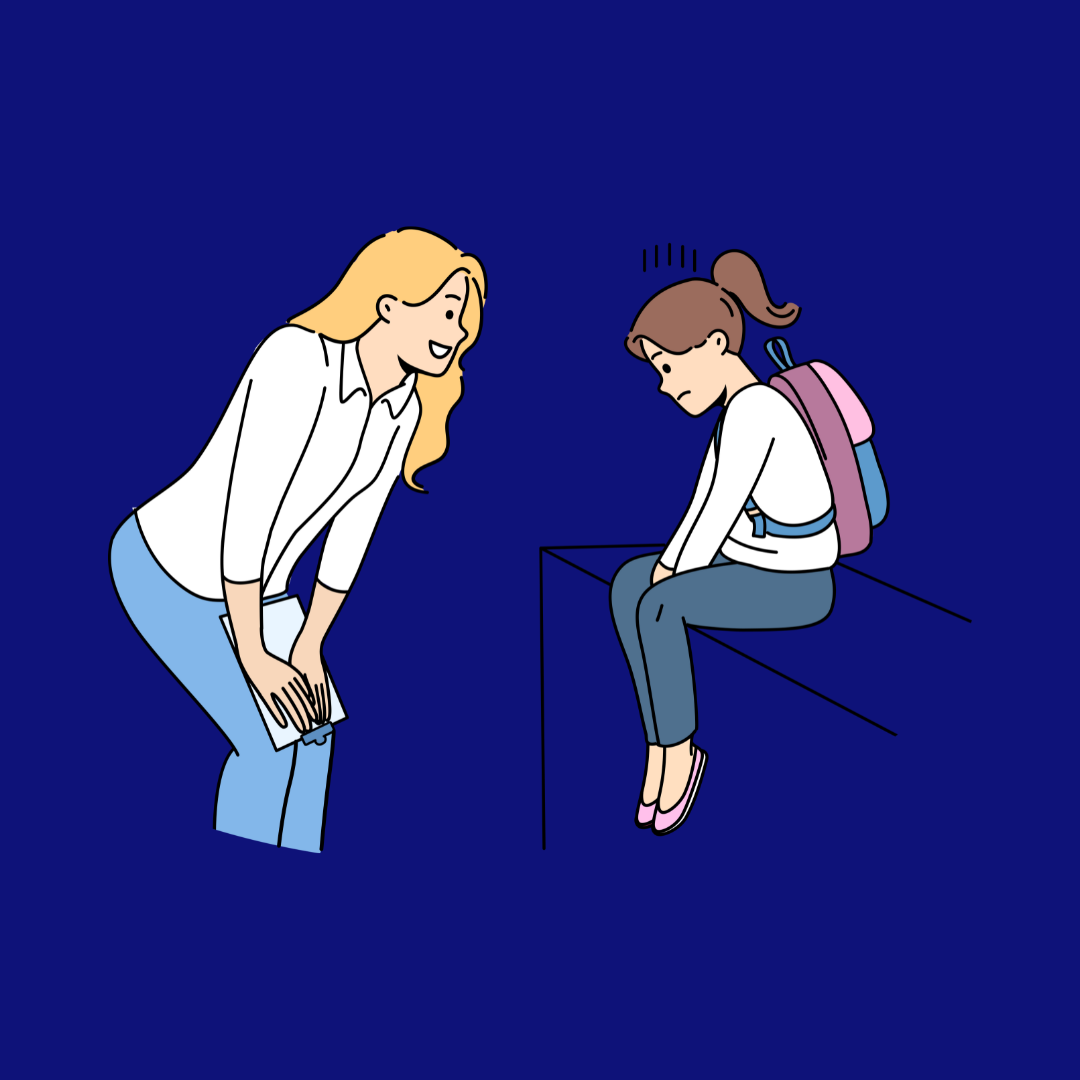
The “Rising Action” introduces the reader to potential problems the character(s) might face during the story, and serves as a leadup to the climax. Using the same example, this could be introducing the main focal problem of Mia’s fear of speaking in front of class, coupled with the fact that she has an upcoming class presentation in a few weeks. Faced with this desperate situation, she resolves to seek help to overcome this fear, and after confiding with her form teacher, the teacher agrees to help Mia overcome her fear. In this case, we have introduced the focal problem, coupled with a time limit in the form of her upcoming presentation to which she has to resolve that problem, which also serves as a lead-up to the climax. As a writer, you can think about these points when drafting out your Rising Action.
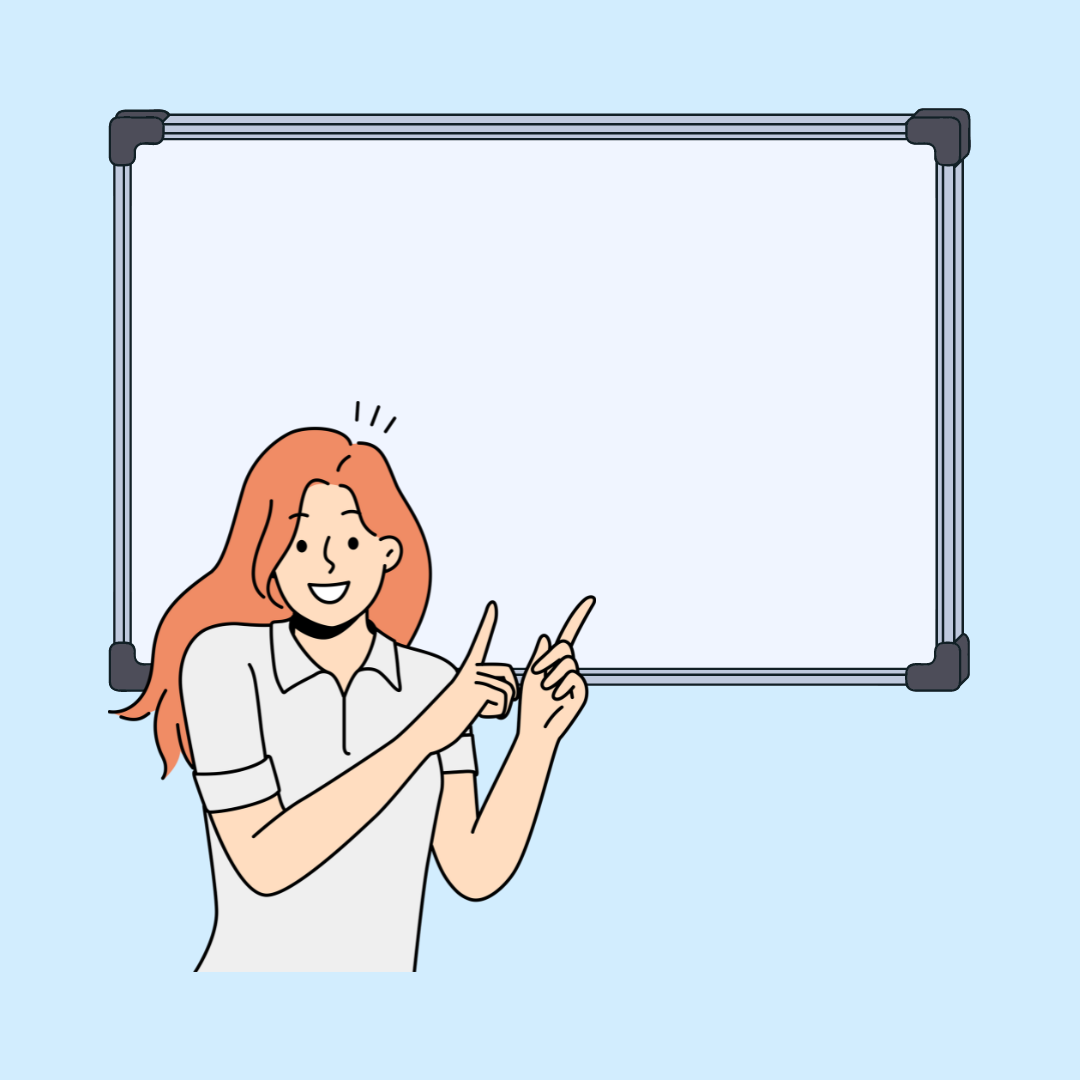
The “Climax” (as the name suggests) is the most exciting part of the story and serves as the peak to the story. It is where most of the action takes place and should be the most gripping part of the story. Using this example, we could begin the climax with a short summary of how the form teacher helps Mia practise her speaking skills, before jumping straight into the class presentation which serves as the most exciting part of the story – the part where Mia truly faces the focal problem head-on. This portion of the story should give some attention to detail on how the class presentation plays out for Mia, showing her growth and change from being afraid of presenting in front of class, to being confident, calm and relaxed when presenting in front of class. The climax should serve as the portion where an event or series of events play(s) out that fuels growth in the main character, as shown above.

“Falling Action” serves as a way to transition the story from its peak at the climax down to the conclusion, by serving as a resolution to any conflicts or obstacles introduced in the Rising Action and/or Climax. Additionally, the “Falling Action” portion shows how the story’s characters have changed or grown through their journey in the Rising Action and Climax. Using the example, this could be the immediate aftermath of the class presentation, where Mia is praised by her teacher and her classmates for a wonderful presentation, thus giving immediate feedback to Mia that she has indeed grown and changed for the better by overcoming her fear of speaking in front of class. Additionally, she can reflect back on the journey she took to get to this point. These all serve as providing the resolution to the focal problem of Mia’s fear of speaking in front of class as well as her upcoming class presentation, and also serves as clear proof or evidence that Mia has indeed grown and changed for the better.

Finally, the “Conclusion” follows suit from the Falling Action, serving as the ultimate resolution of the story and providing closure to the plot of the story. Using the example, it could provide closure to the entire story by highlighting the lesson(s) Mia has learned through her journey of overcoming her fear and how she felt after having experienced this journey and growth in her character.
All in all, Plot Planning is a vital first step to crafting a good piece of writing, providing structure to the plot of the story.

Now that we have covered plot planning, we can move on to cover the more detailed sides of writing. Think of it like building a house! Plot planning is the design and structure of the house, while the next two points (Show Not Tell and 5 Senses) are the different furnishings in the house and its coat of paint that come together to make the house look beautiful.
For Show Not Tell (“SNT”), it is used to creatively express a story’s characters by bringing them to life in a vivid and engaging manner. This is done through demonstrating (showing) what a character does, how a character’s facial expressions are, and how a character is saying something, thereby allowing the readers to put themselves in the characters’ shoes and letting these characters come alive.
To demonstrate an example, here’s a sentence that just tells the reader what the character is doing:
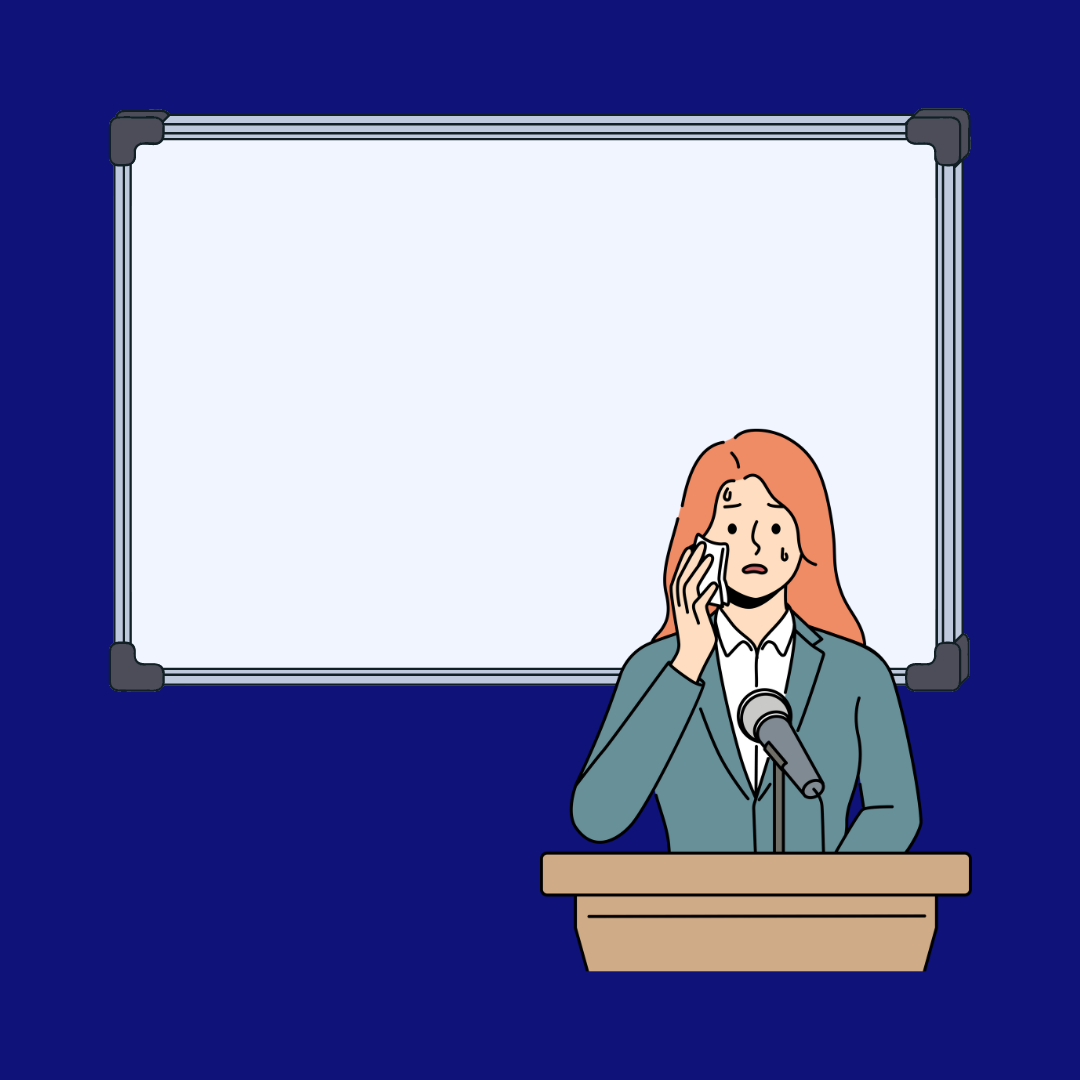
Mia was afraid when she stood in front of class to speak.
In contrast, here’s an example of how to apply SNT to this sentence:
As Mia turned around to face the class, she felt a thousand pairs of eyes staring at her, scrutinising her every little action. That thought made her quiver in fear. She did not want to mess up her presentation after all! However, terror overcame her mind and her face was flushed red as she stammered, “G-g-good morning…c-c-class.”
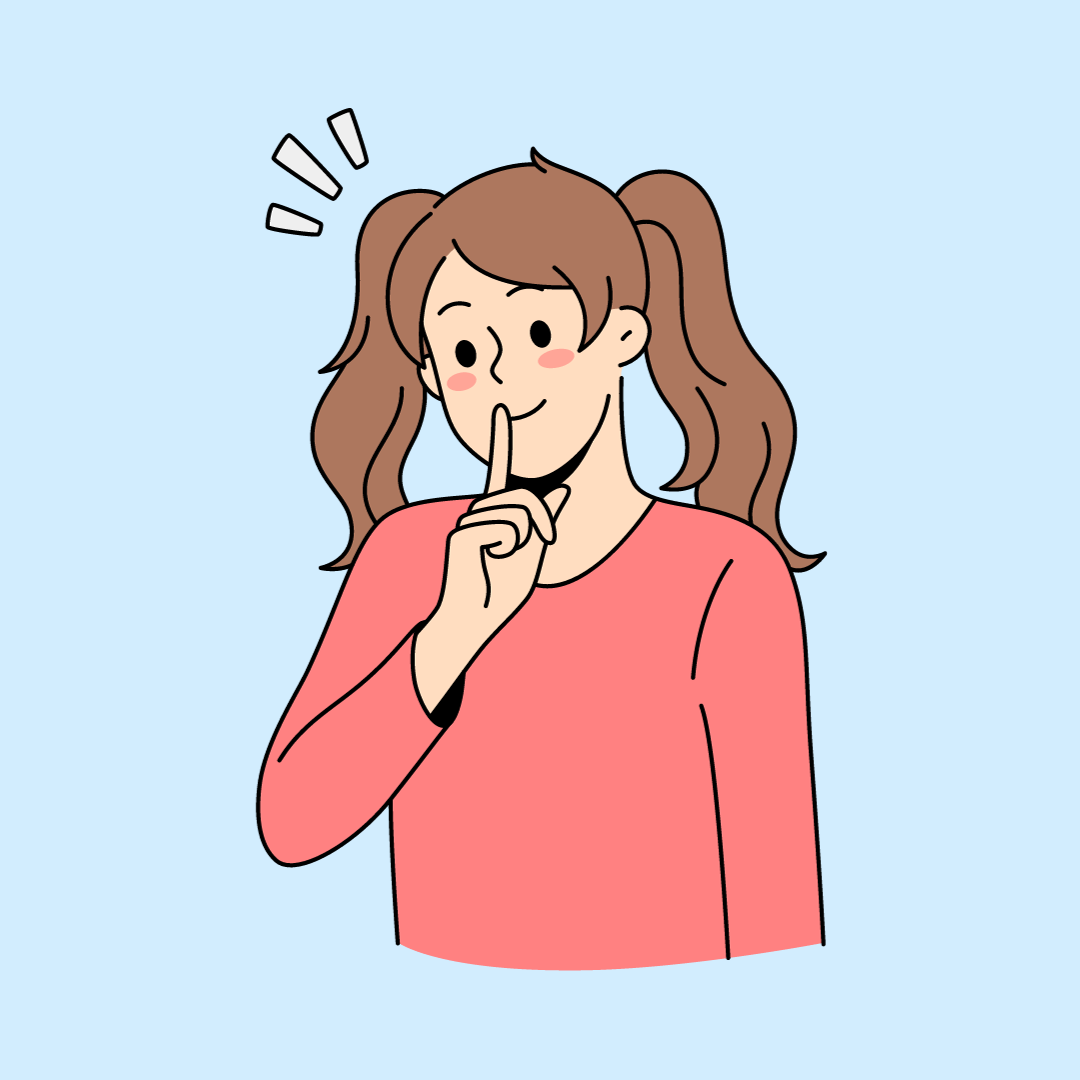
In the first example that just tells the reader how Mia felt. The reader only gets a vague idea of how exactly Mia felt. How afraid was she? How did she portray that fear during her speech to the class? From Mia’s perspective, how did she feel, and what thoughts were going through her mind? All these questions are left unanswered because the sentence does not accurately portray Mia’s thoughts and feelings.
On the other hand, the second example using SNT allows the reader to know more about Mia’s feelings and inner thoughts as she stands in front of the class. It also allows the reader to infer more about Mia’s personality and what characteristics she has, which may get the reader thinking about how the rest of the story might play out. This example is a much more vivid showcase of Mia’s feelings and thoughts as compared to the first example.
Therefore, SNT is indeed a useful writing technique to have in your arsenal to get readers engaged with your story and also accurately portray the characters you are writing about.

Similar to SNT that makes characters come alive by expressing the characters’ actions, emotions, facial expressions, and speech, our 5 Senses (5S) can be used to make scenes and settings come alive.
The 5S we have are: Sight, Hearing, Smell, Taste, and Touch.
The writing technique of 5S takes readers through a full-sensory experience of a scene or setting, by describing either one or more of the sights, sounds, smells, tastes and tactile (touch) sensations that are present in a particular scene or setting. This allows readers to better experience scenes and settings more realistically.
For you as a writer, when you are approaching a new scene or setting with a character, you can ask yourself these questions:

What can the character see in that scene? What catches his/her attention?
Are there any sounds that characterise the scene? Are there any sounds that hold any significance to the character?
What aromas or scents are present in the scene? Are they pleasant or unpleasant? Do these aromas or scents contribute to the atmosphere of the story?
Is there anything in the scene that the character can taste? Does the surrounding air or atmosphere affect the character’s perception of taste?
What textures or objects can the character touch or feel in the scene?
All these questions help you as a writer think about how to include the use of 5S when writing your story. To compare, here is an example of a scene that does not make use of the 5S, versus a scene that makes use of one of the 5S.

Without use of the 5S:
Mia’s classroom was boisterous.
With the use of the 5S of Hearing:
Mia’s classroom echoed with the cacophony of laughter and chatter from her classmates added with the constant tapping and clicking of pens as the class waited for their teacher to waltz in.
Comparing the two examples, it is clear that the example using the 5S of Hearing allows the reader to imagine how boisterous the class was through the use of different sounds (laughter, chatter, tapping and clicking of pens). It makes Mia’s classroom feel lively, especially when comparing it to the example that does not use any 5S. You can also bring out the boisterous nature of the class through the other 5S, such as the use of sight which would also be very appropriate to describe this scene.
Thus, the 5S is a very useful writing technique to be paired with SNT in order to make your characters and scenes come alive in your story.

Now that we have covered 3 key writing techniques – plot planning, SNT and 5S, this final section will be dedicated to explaining the importance of establishing a writing routine and gathering feedback from others. It is not a writing technique per se, but still serves as a very crucial part to improving your writing.
Having a writing routine means being consistent with your writing, and allows your creativity to be exercised and honed each day. Furthermore, as the saying goes, practice makes perfect. This rings true for writing, as the more you practise writing, the better you will get, and you will also develop your own unique writing style. It may sound daunting at first to be consistent with your writing practices especially when you start off, but continue to practise!
This is also where gathering feedback from others about your writing comes into play. Feedback is gained through your audience itself – the readers of your story. These people can even be other writers as well, or readers of various genres of books. All in all, you should be gathering feedback from whoever reads your story, as each reader contributes a different and perhaps fresh perspective on your writing. They may also be able to spot inconsistencies in your writing such as conflicting plot ideas, unclear use of SNT/5S and more. You will also be able to gain insight from your readers on how impactful your story has been on them, and whether you have accurately delivered your intentions and message to the readers.
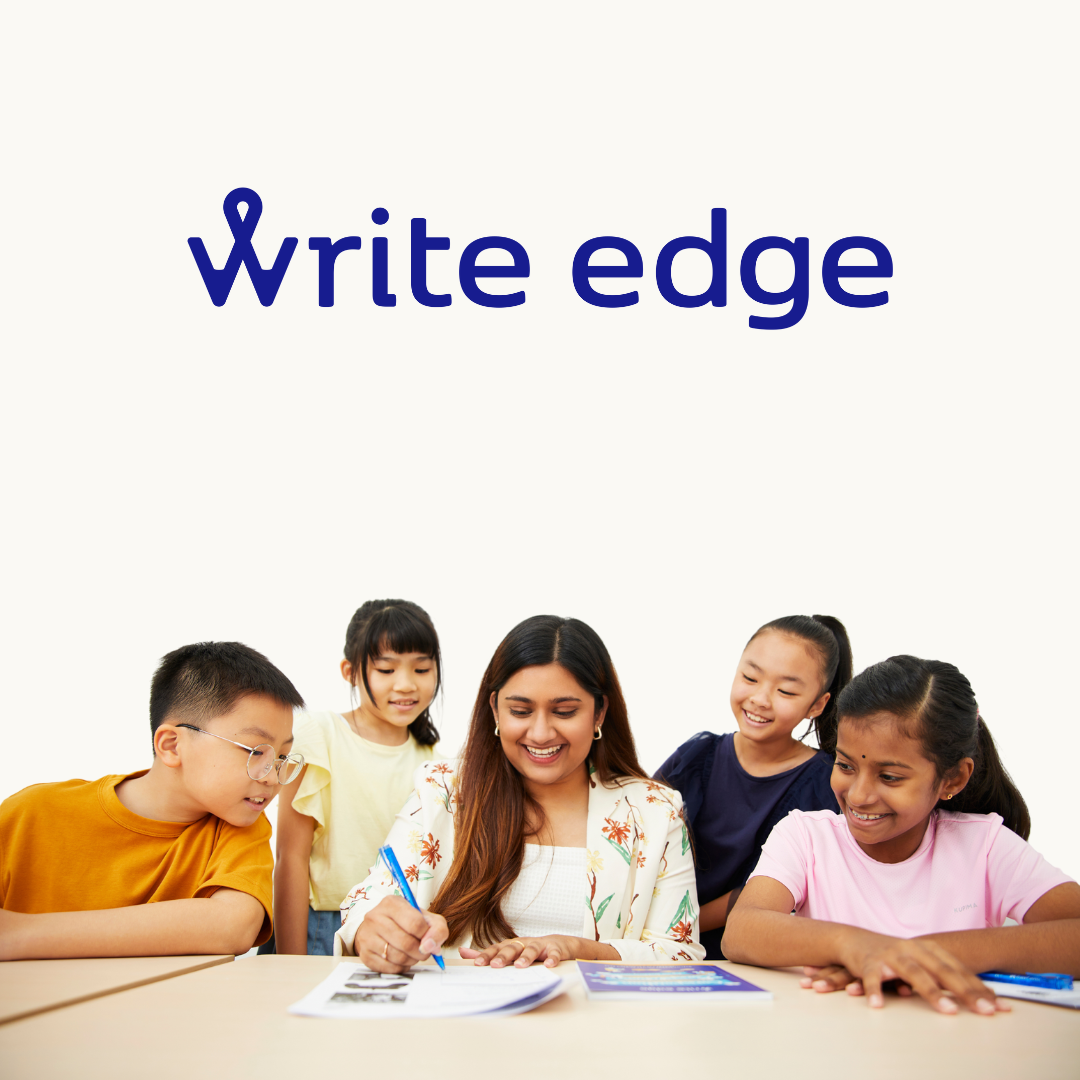
Now that you have come to the end of the article, you may be wondering where you may be able to properly learn and hone these various writing techniques, and where can you find readers to give you feedback for your stories, as well as where you may be able to cultivate a writing routine.
English enrichment classes and creative writing classes such as the classes Write Edge provides will be able to help you do all of that and more! Not only will you find a variety of writing topics that will get your creative juices flowing, but you will also nurture your writing routine with us. Our team of passionate and dedicated teachers are all fully trained and more than willing to help you level up your writing, teaching you and encouraging you to practise the writing techniques mentioned in this article, and even more writing techniques not covered in this article. In our classes, you will also receive prompt and personalised feedback on your writing, which will help you hone your writing style.
At Write Edge, we aim to awaken your creativity through language. So, what are you waiting for? Sign up for our classes today!
References
Smith, C. M. (n.d.). The Benefits of Writing – Northern Illinois University. The Benefits of Writing. https://www.niu.edu/language-literacy/_pdf/the-benefits-of-writing.pdf
© Write Edge – All Rights Reserved